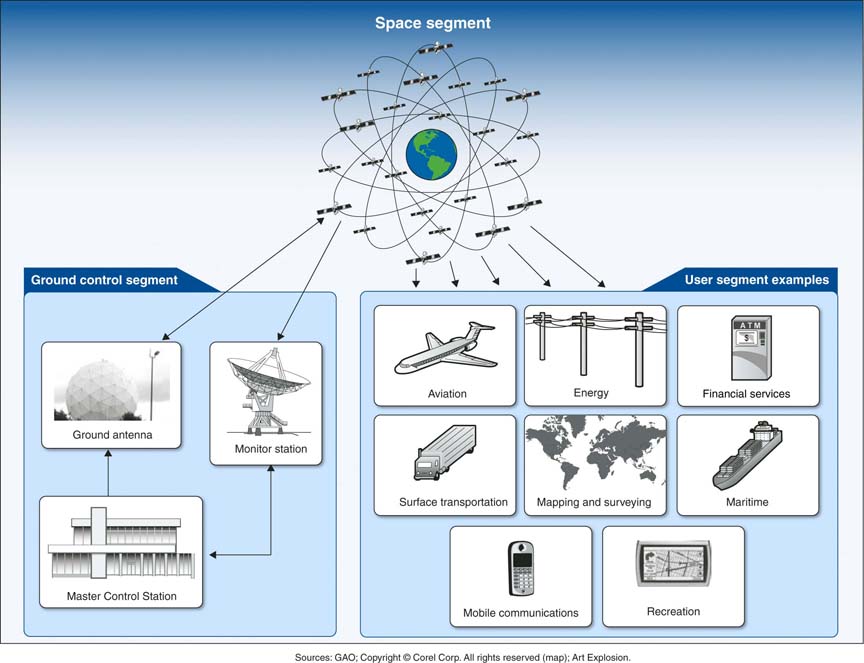Adtran recently added new features to its Oscilloquartz aPNT+ technology suite to better protect critical timing networks.
The upgrades include enhancements to the core, edge and access synchronization solutions, adding more protection against GNSS vulnerabilities and cyberattacks for those who operate telecommunications, financial networks, power grids and defense infrastructure, according to a news release. The timing technology leverages more sources of reliable timing and offers new capabilities that detect disturbances and assure vital PNT services.
The upgraded portfolio provides the precision and reliability needed when GNSS is disrupted.
“From 5G connectivity to air traffic control, accurate and reliable PNT services are crucial for the safety, efficiency and optimal performance of a wide range of modern applications,” said Igal Pinhasov, VP of product line management at Oscilloquartz, Adtran, according to the release. “That’s why the enhancements we’ve made to our aPNT+ platform are so significant. These include improved jamming and spoofing detection using a unique, highly advanced, dedicated algorithm to ensure maximum resilience against any intentional or unintentional interference.”
As part of the update, the OSA 5401 and 5405 access network synchronization solutions now feature the same advanced jamming and spoofing detection capabilities as its core and edge products.
The OSA 5405-MB, a compact and integrated outdoor multi-band GNSS receiver and PTP grandmaster, now has improved multi-band capabilities. In addition to GPS, GLONASS, BeiDou and GALILEO, it supports the Indian Regional Navigation Satellite System (IRNSS) as well. The Indian government has ruled smartphones must be compatible with the country’s home-grown GNSS system, making such support critical. The solution now can use a combination of L1 and L5 band signals to better mitigate disruptions caused by environmental factors.
The upgraded platform features enhanced NTP functionality, with servers supporting up to 500,000 transactions per second. The company’s core and edge grandmaster clocks are more resilient and, with the ePRTC combiner, can leverage up to five independent timing sources to create a single highly reliable clock source. This can include up to three high-performance optical cesium atomic clocks.
“Customers can select from GNSS constellations, PTP inputs and alternative PNT sources such as STL, which uses low Earth orbit satellites, or the terrestrial-based eLORAN,” Adtran’s GM of Oscilloquartz Gil Biran said, according to the release. “Both offer extra protection against jamming and spoofing attacks while extending the 100nsec holdover period.”






